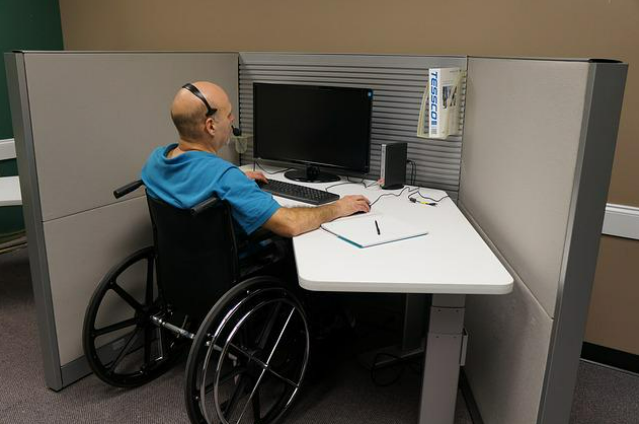
The World Health Organisation (WHO) and United Nations Children's Fund (UNICEF) have recently launched the first Global Report on Assistive Technology (GReAT).
What is GReAT?
This report is the culmination of the 71st World Health Assembly resolution in 2018 to prepare a global report on effective access to assistive technology. The reports present evidence of the global need for and access to assistive products.
What is Assistive Technology?
- Includes products, equipment, and systems that enhance learning, working, and daily living for persons with disabilities.
- Assistive Technology ( AT ) is any item, piece of equipment, software program, or product system that is used to increase, maintain, or improve the functional capabilities of persons with disabilities.
- These include a very wide range of technologies and devices such as prosthetics, braces, walkers, special switches, special-purpose computers, screen readers, and specialized curricular software.
- It provides a series of recommendations to expand availability and access, raise awareness of the need, and implement inclusion policies to improve the lives of millions of people.
- The report supports the implementation of the UN Convention on the Rights of Persons with Disabilities and making universal health coverage ( UHC ) inclusive and achieving the Sustainable Development Goals.
Key Highlights of the Report:
- The demand for assistive products is going to likely rise to 3.5 billion by 2050 due to factors such as population aging and the prevalence of non-communicable diseases rising across the world.
- Economic inequality between the developed and developing countries.
- An analysis of 35 countries reveals that access varies from 3% in poorer nations to 90% in wealthy countries. Further, affordability is a major barrier to access.
- A survey of countries revealed that there are large gaps in service provision and trained workforce for assistive technology, especially in the domains of cognition, communication, and self-care.
- GReAT recommendations:-
- Provides access to assistive technology within all key development sectors.
- Ensure that assistive products are safe, effective, and affordable.
- Enlarge, diversify and improve human resource capacity.
- Active involvement of the users of assistive technology and their families.
- Increase public awareness, garner political support, and combat stigma surrounding assistive technology use.
- Invest in data and evidence-based policy.
- Invest in research, innovation, and an enabling ecosystem.
- Develop and invest in enabling environments.
- Include assistive technology in humanitarian responses.
- Provide technical and economic assistance through international cooperation to support national efforts.
Initiatives by the Indian Government for the disabled:
a) Accessible India Campaign: Creation of an accessible environment for PwDs.
b) DeenDayal Disabled Rehabilitation Scheme.
c) National Fellowship for Students with Disabilities.
d) Unique Disability Identification Project.
And we must not forget that 'Disability' is nothing but simply a matter of perception. Hence, we must respect all disabled people as we never know how much they can inspire us. They are not 'disabled' but 'differently-abled.'
. . .
References:
